Best Items to Sell on Amazon FBA for Beginners
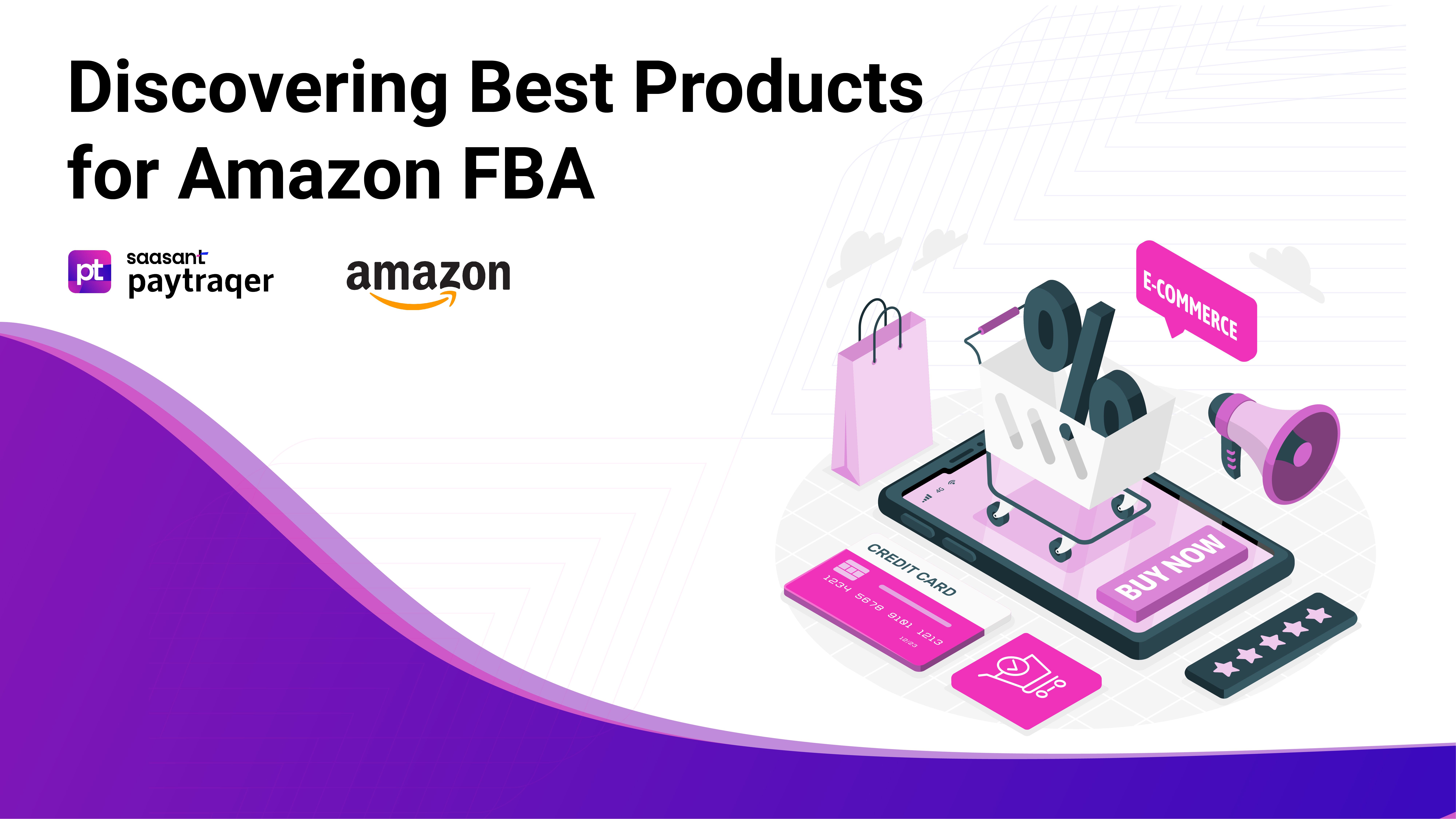
Starting an Amazon FBA business can be exciting, but choosing the right products to sell is crucial. As a beginner, you'll want to find profitable and manageable items. This blog will walk you through essential strategies and tips to help you find profitable products and take your business to new heights on Amazon.
Contents
Understanding the Amazon Marketplace
Selecting Profitable Product Categories
What to Avoid Selling on Amazon?
Product Research and Selection
Sourcing Products for Amazon FBA
Selling Items on Amazon
Marketing Your Amazon FBA Products
Scaling Your Amazon FBA Business
Prioritize Your Amazon Accounting
Conclusion
FAQs
Understanding the Amazon Marketplace
Before embarking on your Amazon FBA journey, it's essential to understand the dynamics of the Amazon marketplace. With over two billion monthly visitors, Amazon is a colossal platform for potential buyers. Customers gravitate towards Amazon for several compelling reasons:
Personalized Service: Amazon harnesses user data to provide customized recommendations, lightning-fast delivery options, and a seamless checkout process. As an Amazon seller, leveraging these features can significantly enhance your customers' shopping experience.
Access to Cutting-Edge Products: Amazon consistently anticipates and fulfills customer needs by offering innovative products. Staying attuned to industry trends and product innovations is critical to identifying profitable opportunities.
Influence of Product Comparisons and Reviews: Customers rely heavily on product reviews and comparisons on Amazon. To thrive, focus on delivering competitive prices and nurturing positive product reviews.
Efficient Shipping and Fulfillment: Amazon's distinguished fulfillment network guarantees swift and dependable shipping. By harnessing Amazon FBA, you can provide customers with efficient order fulfillment, earning their trust and loyalty.
Selecting Profitable Product Categories
While contemplating the best products on Amazon FBA, many sellers initially gravitate toward Amazon’s most sold items. Although this is a reasonable starting point, it's crucial to recognize that a category's profitability can fluctuate over time. Timing plays a pivotal role as consumer behaviors and trends evolve. In this way, you’ll be able to think about what people buy the most on Amazon.
Profitable vs. Popular Categories: Popularity only sometimes translates into profitability within a category. Your primary objective is to pinpoint products with high demand and minimal competition, regardless of category. Here's a juxtaposition of some famous and profitable Amazon categories:
Popular Categories (% of Sales):
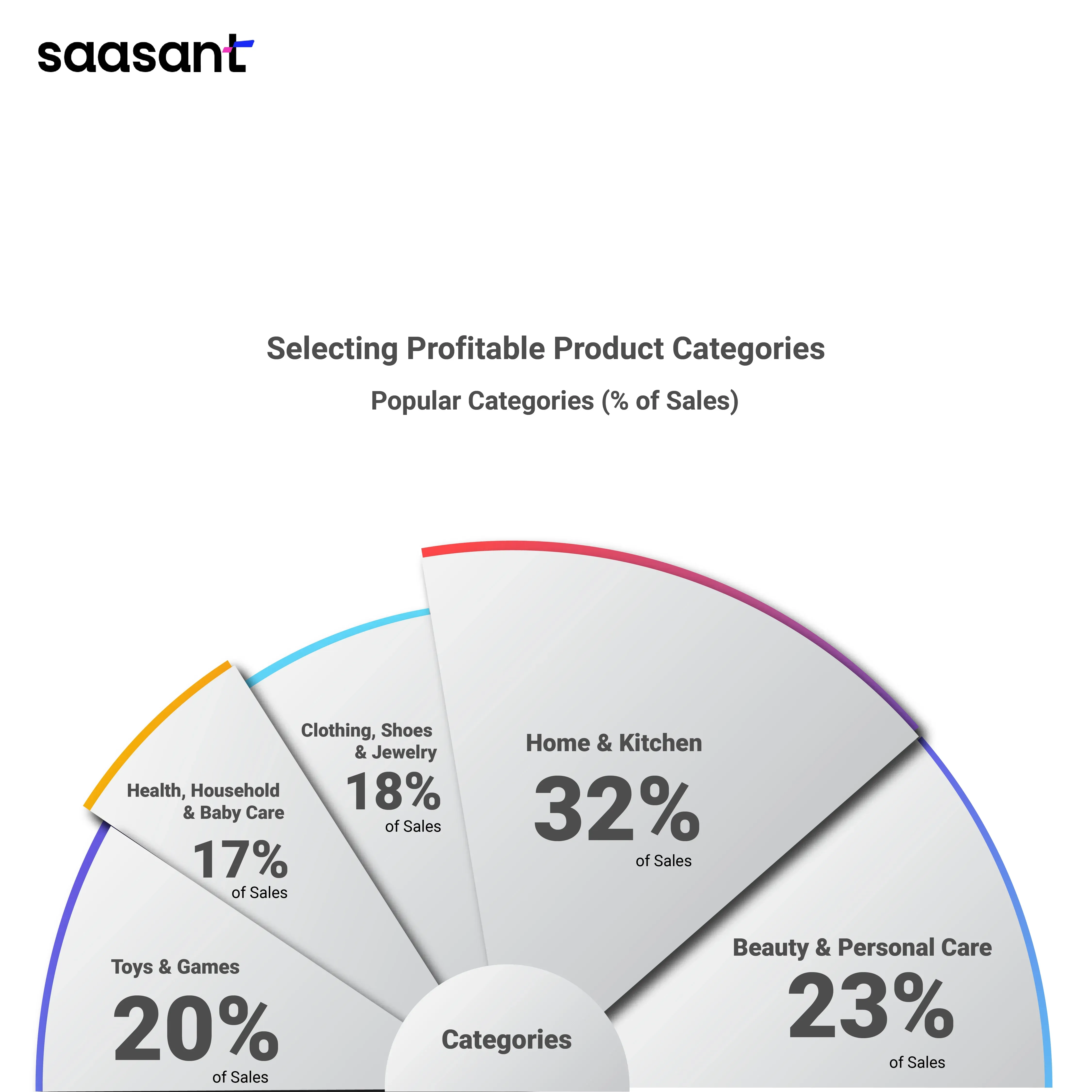
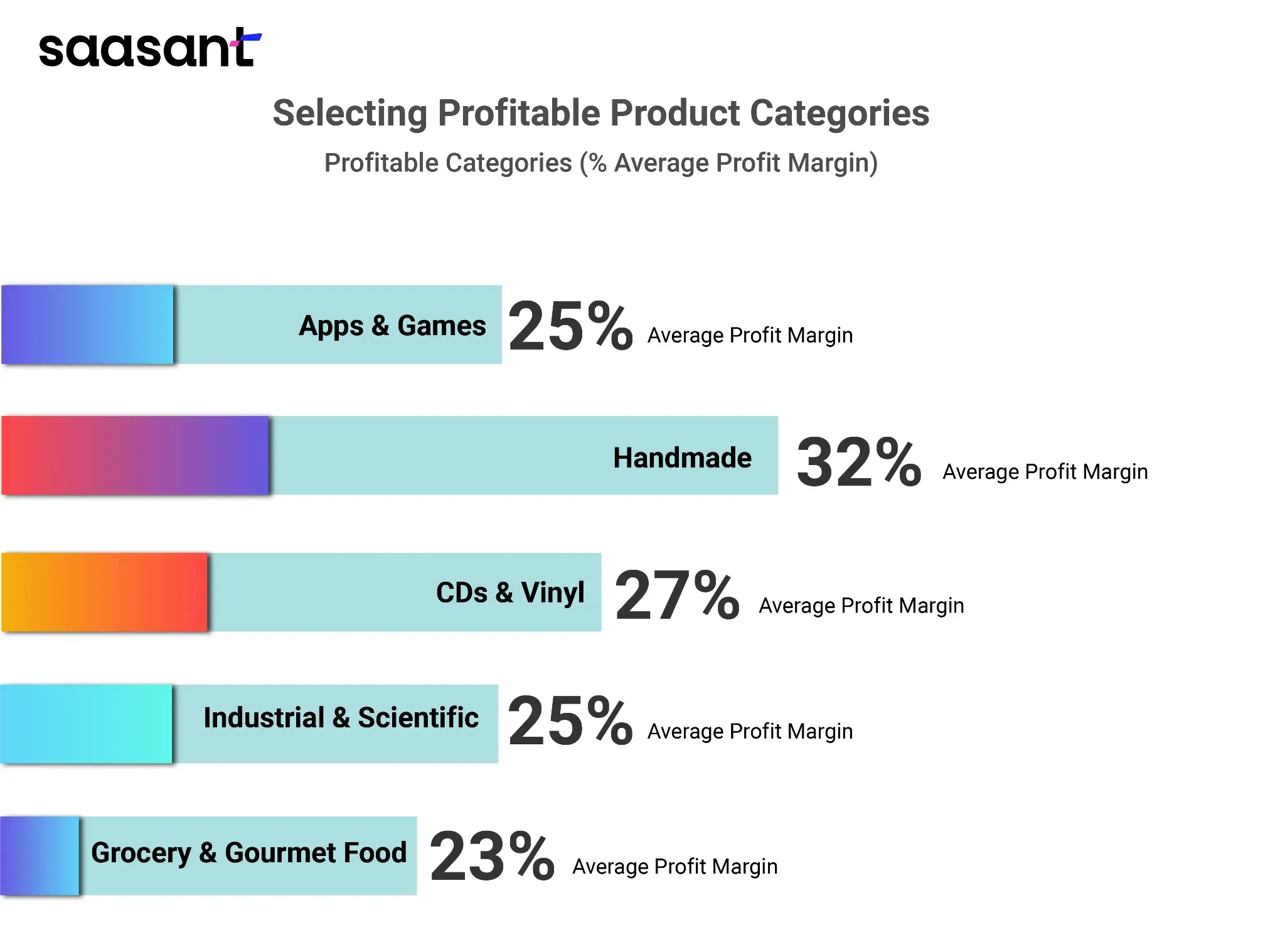 To identify lucrative niches within these categories, consider utilizing tools like Google Trends, Jungle Scout, or Amazon's data to unearth high-demand, low-competition opportunities.
To identify lucrative niches within these categories, consider utilizing tools like Google Trends, Jungle Scout, or Amazon's data to unearth high-demand, low-competition opportunities.
Identifying lucrative niches within broad product categories is a strategic approach that can significantly boost your chances of success in the e-commerce arena. Here's an expansion on how to utilize tools like Google Trends, Jungle Scout, and Amazon's data to uncover high-demand, low-competition opportunities:
Google Trends
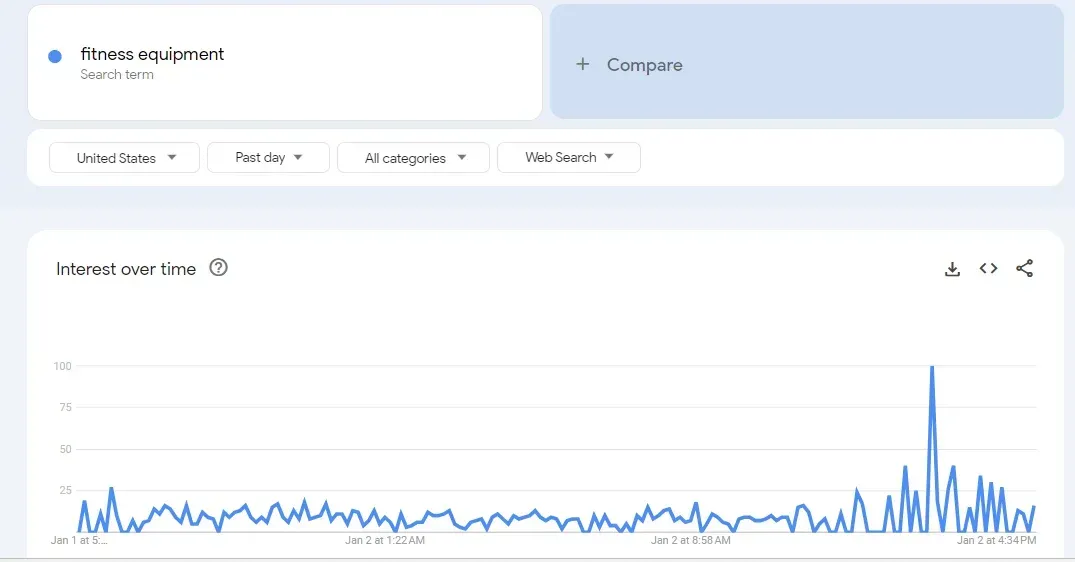
Google Trends is a powerful tool for tracking the popularity of search terms over time. To identify a niche using Google Trends:
Start by entering broad keywords related to your interests or product categories. For instance, if you're interested in the health and fitness niche, you might use keywords like "fitness equipment," "health supplements," or "home workouts."
Explore the trends and patterns for these keywords. Look for consistent or rising interest over time, which indicates a stable or growing niche.
Pay attention to seasonal trends or recurring patterns that affect the niche's demand.
Jungle Scout
Jungle Scout is a tool designed specifically for Amazon sellers that can assist with niche research beyond Amazon:
Use Jungle Scout's product database to search for products within your chosen categories. Look for products with high demand (many sales) and relatively low competition (few reviews).
Analyze products' sales rank and price history to assess their market viability.
Amazon Data
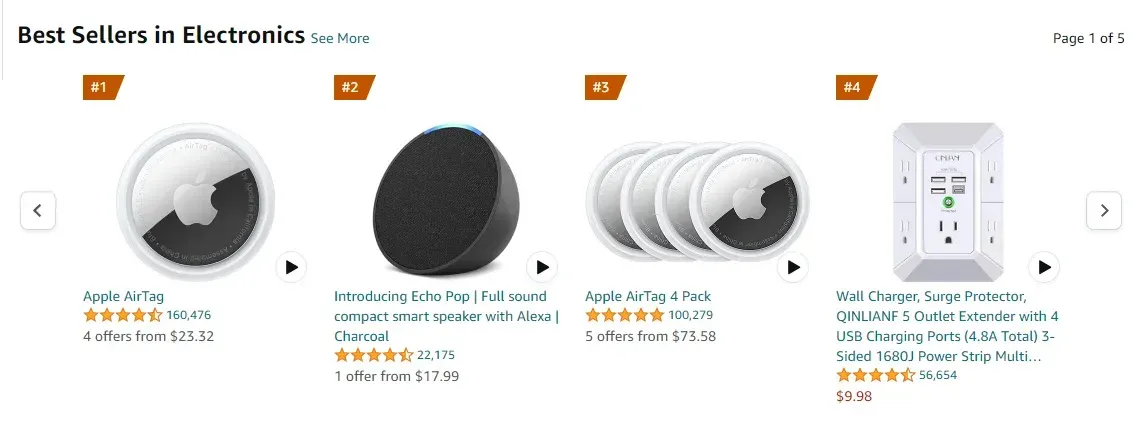
Amazon itself can be a goldmine of data for niche research:
Explore Amazon's Best Sellers and Hot New Releases sections to identify trending products and categories.
Read product reviews and customer feedback to understand pain points and areas for improvement.
Instagram Research
Instagram is a visual platform that can provide unique insights into emerging trends and consumer preferences:
Conduct hashtag analysis by searching for relevant hashtags in your niche. Note the popularity of these hashtags to gauge interest.
Follow influencers, brands, and accounts related to your niche. Analyze their content and engagement to identify trends.
Engage with the community by participating in discussions, direct messaging, and conducting polls in Instagram Stories.
Explore Instagram Shopping for product ideas and trends, especially if businesses in your niche use shopping tags.
Look for user-generated content to understand what consumers love about products in your niche.
What to Avoid Selling on Amazon?
While Amazon boasts an expansive marketplace, specific product types are restricted or prohibited due to safety, legal, or ethical concerns. Sellers must avoid these categories to ensure their business adheres to Amazon's policies and avoids potential legal entanglements. Prohibited categories include:
Alcohol
Animals and animal-related Products
Explosives, Weapons, and Related Items
Hazardous and Dangerous Items
Drugs & Drug Paraphernalia
Offensive and Controversial Materials
Currency, Coins, Cash Equivalents, and Gift Cards
Adhering to these restrictions is fundamental to maintaining a compliant and ethical Amazon FBA business.
Product Research and Selection
Choosing the right products to sell on Amazon is a data-driven process. Here are some expert tips for effective product research and selection:
How to do Product Research on Amazon?
Market Trends Analysis: Regularly monitor Google Trends, industry news, and Amazon's Best Sellers list to unearth emerging trends and evolving consumer demands.
Competitive Analysis: Thoroughly scrutinize your competitors' products, pricing strategies, and customer reviews to gain insights into market gaps and lucrative opportunities.
Customer Reviews Insight: Pay meticulous attention to customer reviews, identifying pain points and unmet needs. This invaluable feedback can guide you in selecting or enhancing your product offerings.
Leverage Amazon's Tools: Exploit Amazon's suite of tools like Seller Central, Amazon Brand Analytics, and Amazon's advertising features to gather priceless market data.
Explore Niche Markets: Consider venturing into niche products with passionate customer bases. Such markets often harbor reduced competition and more loyal customers.
Test and Validate: Before committing to a substantial inventory, contemplate testing a few products with a smaller investment. This approach allows you to validate their potential and minimize risk.
Sourcing Products for Amazon FBA
Once you've pinpointed your profitable products, the subsequent step is sourcing. Various business models exist for sourcing products, and selecting the most fitting one hinges on your business objectives and expertise. Here are the primary sourcing strategies:
Private Labeling: Craft your branded products, which are a prevalent choice in categories such as home and kitchen.
Retail Arbitrage: Seek discounted items in physical stores and resell them on Amazon.
Online Arbitrage: Source discounted products online and resell them on Amazon.
Wholesaling: Procure products in bulk from manufacturers or distributors.
Dropshipping: Streamline order fulfillment by collaborating with suppliers who manage shipping directly to customers.
Handmade Selling: Create distinctive handmade products on Amazon Handmade, catering to a niche audience.
Choosing the right sourcing strategy with your business goals and knowledge is pivotal.
Selling Items on Amazon
Selling on Amazon involves crafting compelling product listings, optimizing them for enhanced search visibility, efficiently managing inventory, and delivering exceptional customer service. Key steps encompass:
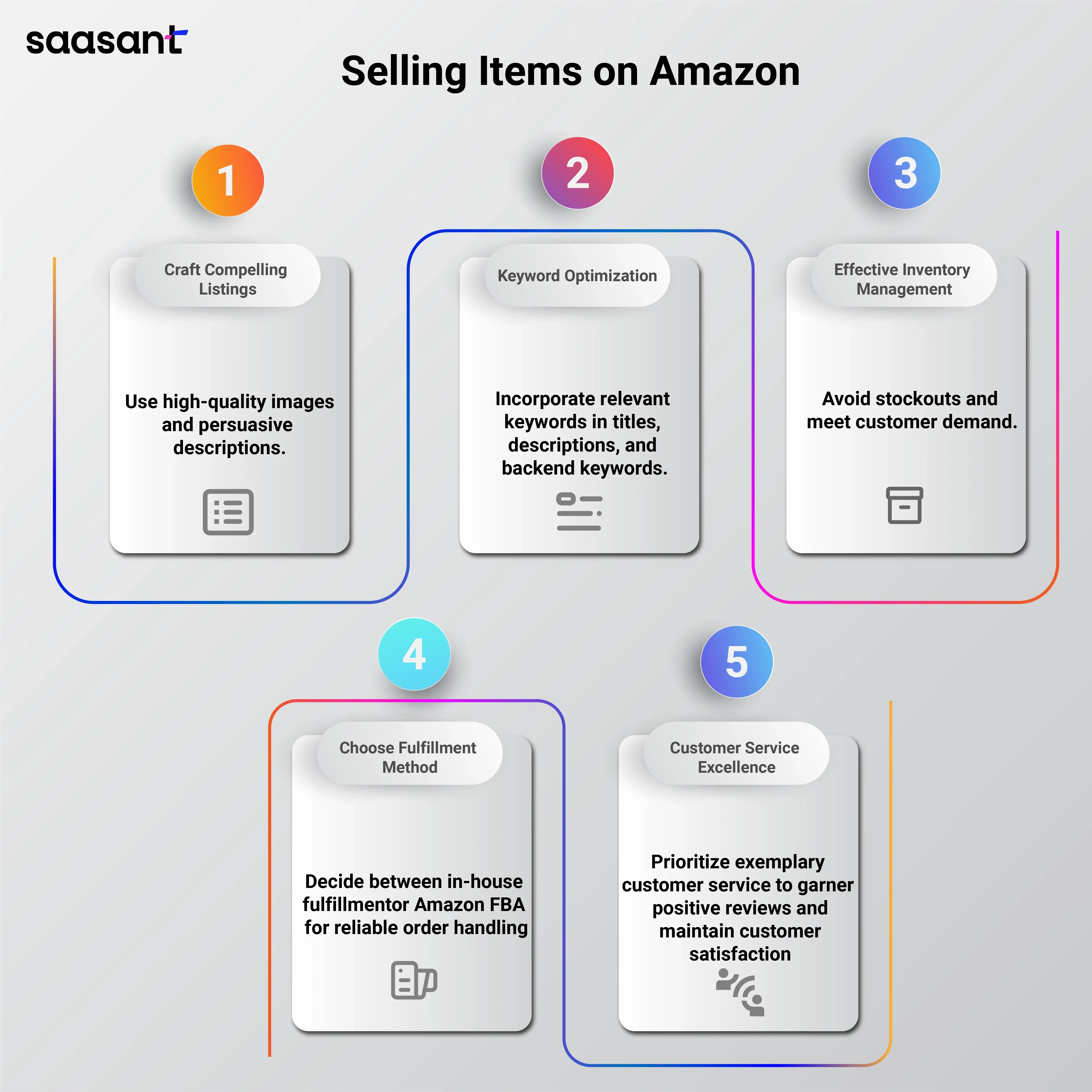
Craft Compelling Listings: Devote meticulous care to creating informative and captivating product listings with high-quality images and persuasive descriptions.
Keyword Optimization: Incorporate pertinent keywords in your product titles, descriptions, and backend keywords to enhance discoverability in Amazon's search results.
Effective Inventory Management: Continually oversee and replenish your inventory to steer clear of stockouts and satiate customer demand.
Decide on Fulfillment Method: Deliberately choose between fulfilling orders in-house or utilizing Amazon FBA for automated, reliable order fulfillment.
Customer Service Excellence: Place a premium on delivering exemplary customer service to cultivate positive reviews and sustain customer satisfaction.
Marketing Your Amazon FBA Products
After successfully listing your products on Amazon, the next crucial step is marketing to increase sales and expand your product's reach. Implementing a well-thought-out marketing strategy can significantly boost your Amazon FBA business. Here are some valuable insights into effective marketing strategies:
Amazon PPC Advertising: Amazon Pay-Per-Click (PPC) advertising is a powerful tool to enhance your product's visibility. Create targeted ad campaigns using relevant keywords to reach potential customers. Regularly optimize your PPC campaigns by analyzing data and adjusting bids to maximize ROI.
Social Media Promotion: Leverage popular social media platforms like Facebook, Instagram, and Pinterest to promote your Amazon FBA products. Share engaging content, such as product images, videos, and customer reviews, to attract and engage your audience. Consider running paid social media ads to reach a broader audience.
Email Marketing: Building an email list of past customers and interested prospects can be a valuable asset. Send regular email campaigns featuring product updates, promotions, and helpful content. Segment your email list to deliver personalized messages, increasing the likelihood of conversions.
Influencer Marketing: Collaborate with influencers in your niche to promote your products. Influencers can provide authentic endorsements, reaching their dedicated follower base. Ensure that influencers' content aligns with your brand and products to maintain authenticity.
Amazon Coupons and Discounts: Utilize Amazon's coupon and discount features to attract price-conscious shoppers. Offering discounts or coupons can encourage more buyers to choose your products over competitors.
Optimize Product Listings: Optimize your Amazon product listings by incorporating relevant keywords and compelling descriptions. High-quality images and engaging product titles can capture the attention of potential customers and improve your ranking in Amazon's search results.
Scaling Your Amazon FBA Business
As your Amazon FBA business grows, planning for scalability is essential to ensure sustainable success. Here are some SEO-friendly strategies for scaling your operations:
Expand Your Product Line: Diversify your product offerings within your niche or related categories. Extending your product line attracts a broader customer base and reduces reliance on a single product.
Enter New Marketplaces: Consider expanding to international Amazon marketplaces if feasible. Selling in multiple countries can open new revenue streams—research market conditions, regulations, and logistics before entering new markets.
Optimize Supply Chain: Streamline your supply chain and inventory management processes to handle increased demand efficiently. Explore options for bulk purchasing or negotiating better deals with suppliers to improve your profit margins.
Enhance Customer Service: Maintaining exceptional customer service remains paramount. As your business scales, invest in efficient customer support systems and processes. Promptly address customer inquiries and concerns to foster positive reviews and repeat business.
Data-Driven Decision-Making: Continue to analyze data and metrics to make informed decisions. Use tools like Amazon's Seller Central analytics, Google Analytics, and third-party software to gain insights into customer behavior, sales trends, and advertising performance.
Prioritize Your Amazon Accounting
As your Amazon venture expands, efficient accounting becomes crucial. Embrace the power of automation applications that guarantee accurate financial records. With PayTraQer, you'll save time, track sales, fees, and expenses, ensure compliance with evolving tax rules, and gain valuable financial insights. It means you can confidently scale your Amazon business while the app handles the numbers. Make the smart choice for your business and start using PayTraQer today.
Conclusion
Unearthing profitable products for Amazon FBA entails thorough research, data-driven analysis, and an innate comprehension of market dynamics. By remaining well-informed, adapting to evolving trends, and delivering exceptional customer experiences, you can unlock the vast potential of the Amazon FBA universe. Embark on your journey today and seize the boundless opportunities offered by this eCommerce titan.
If you want to know more about Amazon selling without inventory, read how to sell on Amazon without inventory.
FAQs
What is Amazon FBA, and how does it work?
Amazon FBA stands for Fulfillment by Amazon. The program allows sellers to store their products in Amazon's fulfillment centers. Amazon then handles packing, shipping, and customer service. You send your products to Amazon; they care for the rest.
How do I find profitable products to sell on Amazon FBA?
Research market trends, analyze competition, and read customer reviews to find profitable products. Utilize tools like Jungle Scout and Amazon's data to identify high-demand, low-competition opportunities.
What's the difference between popular and profitable product categories on Amazon?
Popular categories may have high sales volume but also intense competition. Conversely, profitability categories focus on products with high demand and lower competition, which can lead to better profit margins.
What are some Amazon product categories with high-profit margins?
Profitable categories often include Handmade, CDs and vinyl, apps and games, industrial and scientific, and grocery and gourmet Food. These categories can offer better profit margins compared to highly competitive ones.
Are there any product categories I should avoid selling on Amazon?
Some product categories are restricted or prohibited due to safety, legal, or ethical concerns. To comply with Amazon's policies, avoid selling alcohol, weapons, hazardous materials, and offensive materials.
How can I source products for my Amazon FBA business?
You can source products through various methods, including private labeling, retail arbitrage, online arbitrage, wholesaling, dropshipping, and handmade selling. Choose a strategy that aligns with your business goals and expertise.
What are some critical steps to optimize my Amazon product listings?
To optimize your listings, create compelling product descriptions, use relevant keywords, and incorporate high-quality images. Effective inventory management and providing excellent customer service also play a crucial role.
What marketing strategies can I use to promote my Amazon FBA products?
Marketing strategies include Amazon PPC advertising, social media promotion, email marketing, influencer collaborations, Amazon coupons and discounts, and continuous optimization of product listings.
How can I scale my Amazon FBA business for long-term success?
Scaling strategies involve expanding your product line, entering new marketplaces, optimizing your supply chain, enhancing customer service, data-driven decision-making, and prioritizing efficient accounting.
What tools can I use for efficient Amazon FBA accounting?
Applications like PayTraQer can automate your Amazon accounting processes, ensuring accurate financial records as your business grows. These tools help you track revenue, expenses, and profitability effectively.
List out some free Amazon product research tools.
Here are the names of some free Amazon product research tools:
Amazon Best Sellers
Amazon Movers and Shakers
Google Trends
CamelCamelCamel
Keepa
Sonar by Sellics
Jungle Scout's Free Sales Estimator
Helium 10's Free Chrome Extension
Unicorn Smasher
Algopix